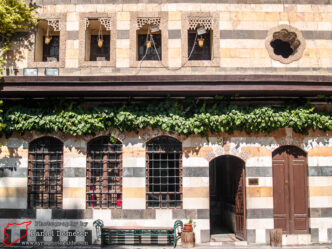
Damascus – Qasr al-Azem دمشق – قصر العظم
Qasr al-Azem (قصر العظم) is the most impressive and well-known of the historic residences in Damascus (دمشق). The palace was constructed in …

Qasr al-Azem (قصر العظم) is the most impressive and well-known of the historic residences in Damascus (دمشق). The palace was constructed in …
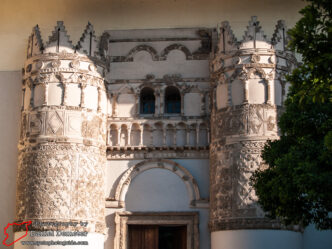
The largest and most important museum in the country, the National Museum (المتحف الوطني) in Damascus (دمشق) is a must on the …
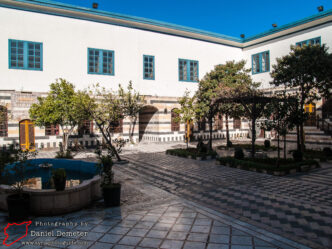
Beit Khalid al-Azem (بيت خالد العظم) is an impressive Ottoman-era house that once belonged to the prominent al-Azem (العظم) family. This luxurious …
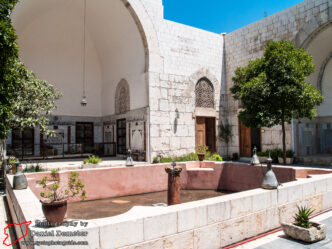
al-Bimaristan al-Nuri (البيمارستان النوري) was originally a hospital and medical teaching center, established by Nur al-Din Mahmoud Zenki (نور الدين محمود زنكي) …
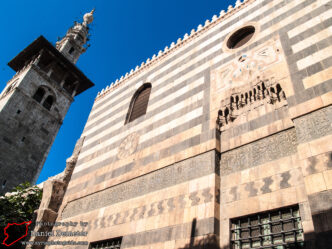
al-Madrasa al-Jaqmaqiyeh (المدرسة الجقمقية) is a beautiful Mamluk-era religious school that now houses the Museum of Arabic Calligraphy (متحف الخط العربي). The …
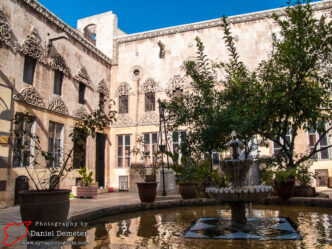
Located in the historic Jdeideh (جديدة) neighborhood of Aleppo (حلب), Beit Ajqabash (بيت أجقباش) is a magnificent old home dating back to …
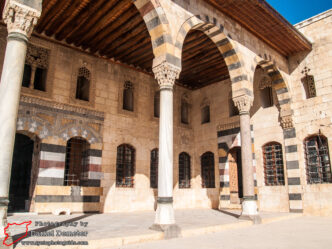
One of the most attractive residential buildings in Syria is Qasr al-Azem (قصر العظم) of Hama (حماة). It was constructed in 1740 …
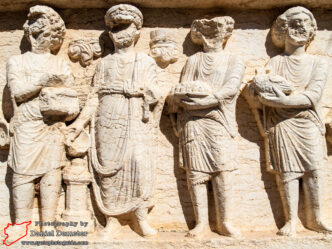
The modern town of Palmyra (تدمر), northeast of the ancient city, was first settled in the late 1920s and early 1930s. Prior …
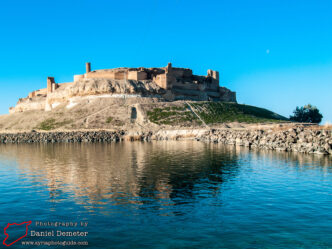
Qalaat Jaabar (قلعة جعبر) is an Ayyubid-era castle located on what was formally a hilltop position overlooking the Euphrates. Now, due to …
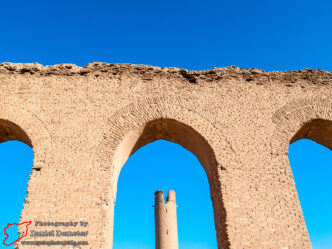
The city of al-Raqqa (الرقة) is one of Syria’s smaller provincial capitals and is seldom visited by tourists, but nonetheless has a rich …